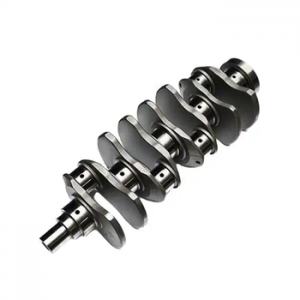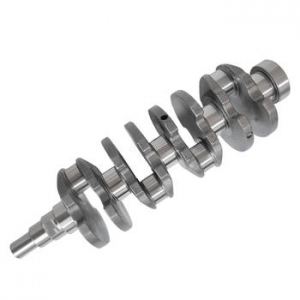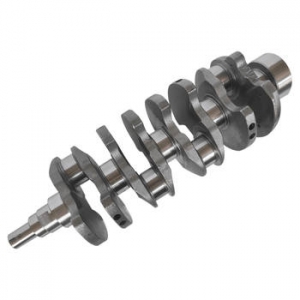The Importance of Precision Machining and Inspection
Precision machining and inspection are critical components of the production of crankshafts. These processes ensure that crankshafts are manufactured to the highest levels of accuracy, resulting in improved engine performance, reduced wear and tear, and increased longevity. The crankshaft is a vital component of internal combustion engines, converting the linear motion of the pistons into rotational motion, which drives the vehicle's wheels or powers machinery.
Machining Techniques
Several machining techniques are used in the production of crankshafts, including turning, milling, grinding, and broaching. Turning is used to create the journal and fillet radii, while milling is used to create the keyways and counterweights. Grinding is used to finish the journals and pins, providing a smooth surface finish that reduces friction and wear. Broaching is used to create splines and squares on the crankshaft.
Inspection Methods
Inspection is a crucial step in the production of crankshafts. It ensures that the finished product meets the required specifications and that any defects are identified and corrected before the crankshaft is installed in an engine. There are several inspection methods used in the production of crankshafts, including coordinate measuring machines (CMM), visual inspection, and non-destructive testing (NDT). CMM is used to measure the dimensions of the crankshaft, while visual inspection is used to identify surface defects. NDT methods, such as magnetic particle inspection (MPI) and ultrasonic testing (UT), are used to identify internal defects that may not be visible to the naked eye.
Quality Control
Quality control is essential in the production of crankshafts. It ensures that the finished product meets the required specifications and that any defects are identified and corrected before the crankshaft is shipped to the customer. Quality control methods include statistical process control (SPC), which uses statistical tools to monitor the production process and identify trends that may indicate potential issues. Quality control also includes regular audits and inspections of the production process to ensure compliance with industry standards and regulations.
Applications and Industries
Precision machining and inspection of crankshafts are used in a variety of industries, including automotive, aerospace, and heavy machinery. In the automotive industry, crankshafts are used in engines to convert linear motion into rotational motion, providing power to the wheels. In the aerospace industry, crankshafts are used in aircraft engines to provide power for flight. In heavy machinery, crankshafts are used in engines to provide power for construction equipment, mining equipment, and other heavy-duty applications.
The automotive industry is one of the largest consumers of crankshafts, with the demand for precision machining and inspection services expected to grow as new engine designs are developed. Electric vehicles (EVs), for example, require crankshafts for their electric motors, and the demand for EVs is expected to increase significantly in the coming years. The aerospace industry also relies heavily on crankshafts for aircraft engines, and the precision machining and inspection of these components are critical to ensure the safety and reliability of the aircraft.
Conclusion
Precision machining and inspection of crankshafts are essential for ensuring engine performance, reducing wear and tear, and increasing longevity. Machining techniques such as turning, milling, grinding, and broaching are used to create the crankshaft's various features, while inspection methods such as CMM, visual inspection, and NDT are used to ensure that the finished product meets the required specifications. Quality control is essential in the production process, and precision machining and inspection services are in high demand in various industries, including automotive, aerospace, and heavy machinery.





